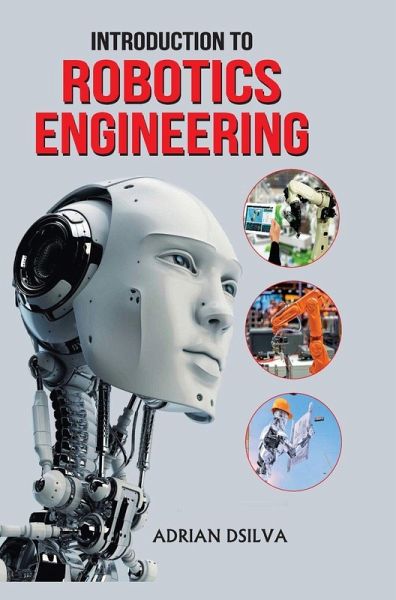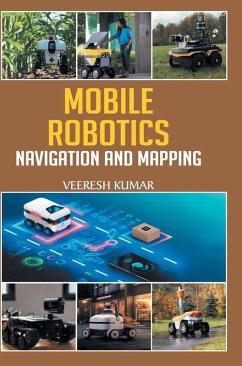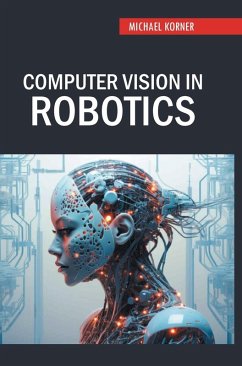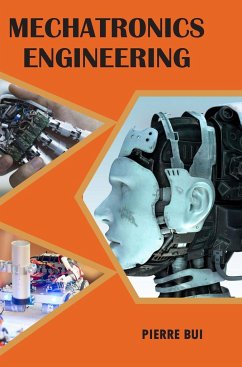
Introduction to Robotics Engineering
Versandkostenfrei!
Versandfertig in 1-2 Wochen
112,99 €
inkl. MwSt.

PAYBACK Punkte
56 °P sammeln!
The nineteenth century witnessed the rapid acceleration and widespread adoption of industrial processes. The Industrial Revolution, which was already in progress at the start of the century, transformed society profoundly. By the end of the century, we had invented the automobile and were on the brink of achieving powered flight. These advancements had a massive impact on human life, fundamentally altering social and economic norms governing travel, healthcare, manufacturing, work environments, and home life. In the twentieth century, a similar transformative process occurred with the Technolo...
The nineteenth century witnessed the rapid acceleration and widespread adoption of industrial processes. The Industrial Revolution, which was already in progress at the start of the century, transformed society profoundly. By the end of the century, we had invented the automobile and were on the brink of achieving powered flight. These advancements had a massive impact on human life, fundamentally altering social and economic norms governing travel, healthcare, manufacturing, work environments, and home life. In the twentieth century, a similar transformative process occurred with the Technology Revolution, but at an even faster pace. Technology moved from laboratories and research institutes into everyday homes. We now stand on the brink of another significant technological shift: the Robotics Revolution. This new era will mark the twenty-first century as a pivotal period in history. More importantly, it will have a profound and lasting impact on our lives and the lives of future generations, reshaping our world in ways we can only begin to imagine.""Introduction to Robotics Engineering"" aims to provide a solid foundation in the principles, design, and applications of robotics. It covers essential topics such as kinematics, dynamics, control systems, sensors, actuators, artificial intelligence, and machine learning. The book is designed for undergraduate and graduate students, professionals, and enthusiasts, offering clear explanations, practical examples, and real-world case studies. Bridging theory and practice, this book seeks to equip readers with the knowledge and skills necessary to understand, innovate, and contribute to the evolving field of robotics.












